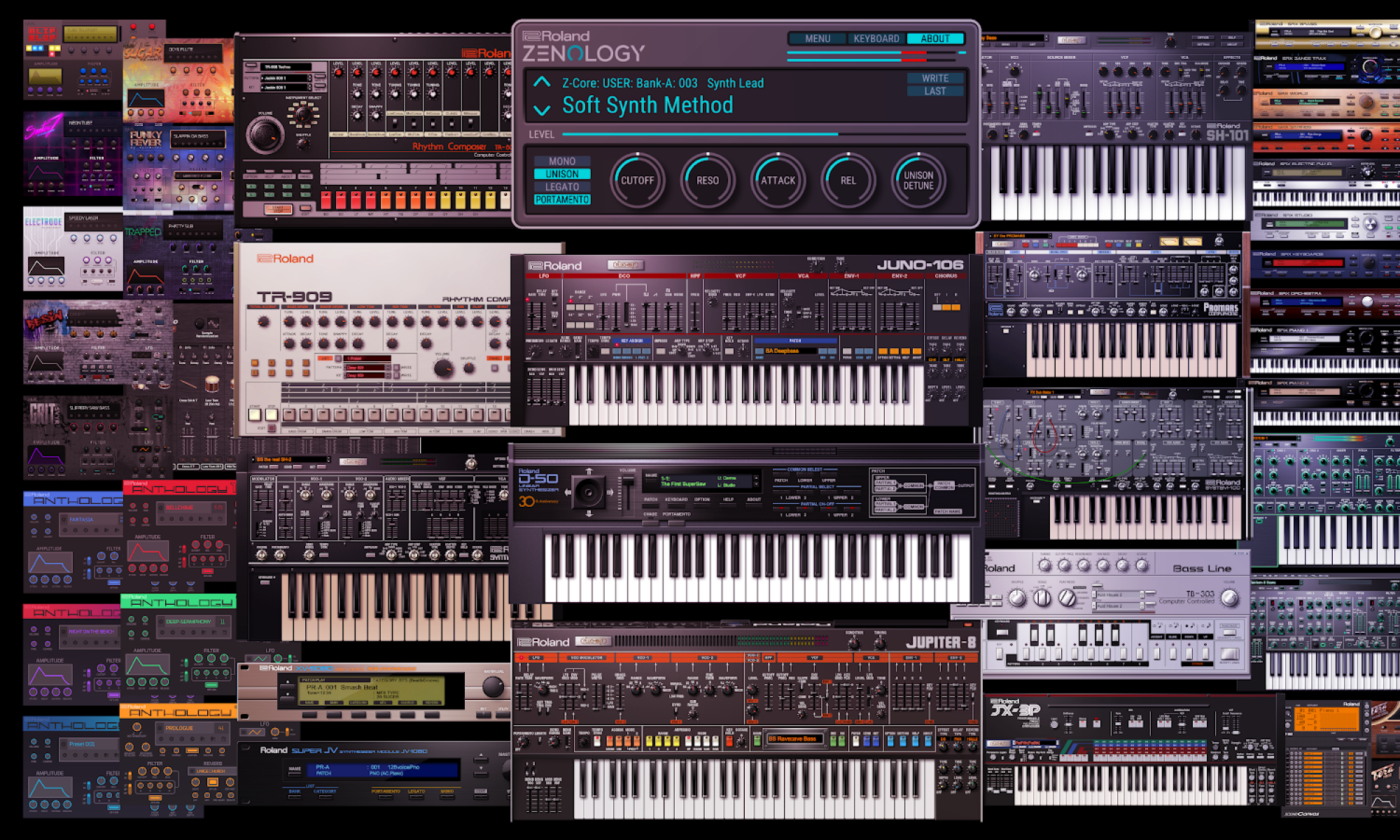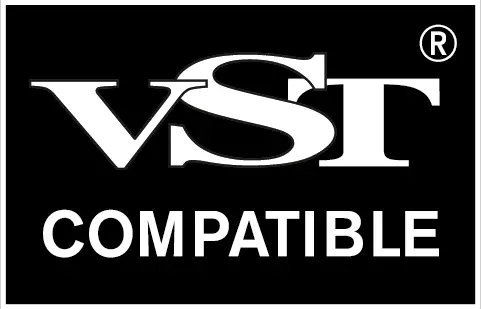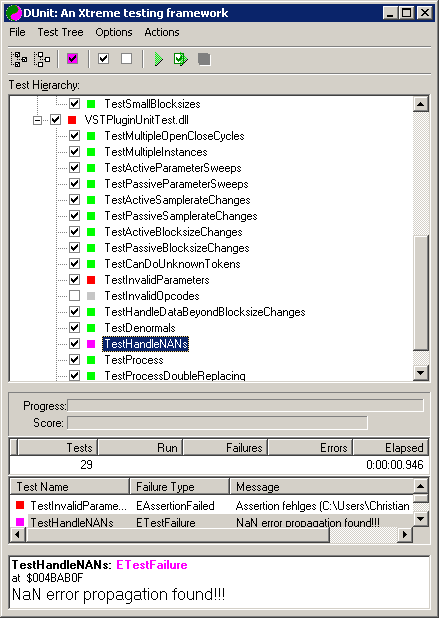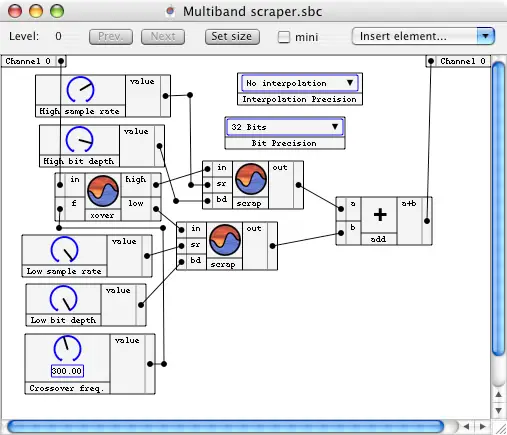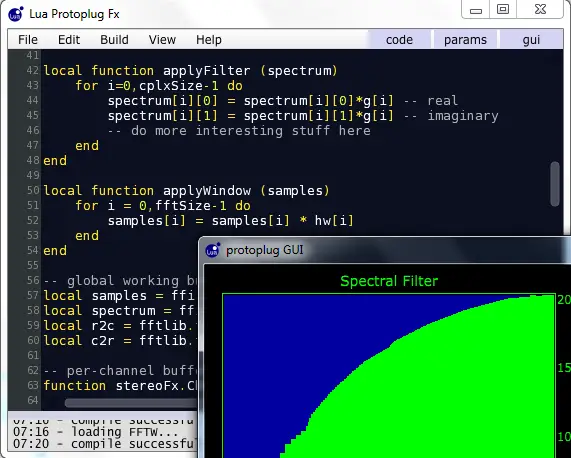Virtual Studio Technology (VST) is developed by Steinberg and first launched in 1996. The SDK/API is freely available to all.
VST creates a full, professional studio environment on your PC or Mac. VST allows the integration of virtual effect processors and instruments into your digital audio environment. These can be software recreations of hardware effect units and instruments or new creative effect components in your VST system. All are integrated seamlessly into VST compatible host applications. These VST modules have the sound quality of the best hardware units, yet are far more flexible. All functions of a VST effect processor or instrument are directly controllable and automatable; either with a mouse or with an external hardware controller. VST also allows easy integration of external equipment, allowing you to put together a system tailor-made to your needs.
Being an open standard, the possibilities offered by VST have steadily been growing over the past decade. New virtual effect processors and virtual instruments are constantly being developed.
VST 3 is a general rework of the long-serving VST Plug-in interface. It is not compatible with the older VST versions, but it includes some new features and possibilities. We have redesigned the API to make it not only far easier and more reliable for developers to work with, but have also provided completely new possibilities for Plug-ins. These include:
- Improved Performance with the Silence Flag
Processing can optionally be applied to Plug-ins only when audio signals are present on their respective inputs, so VST 3 Plug-ins can apply their processing economically and only when it is needed:
VST 3 Plug-ins are no longer limited to a fixed number of inputs and outputs, and their I/O configuration can dynamically adapt to the channel configuration. Side-chains are also very easily realizable. This includes the possibility to deactivate unused buses after loading and even reactivate those when needed. This cleans up the mixer and further helps to reduce CPU load:
- Sample-accurate automation
VST 3 also features vastly improved parameter automation with sample accuracy and support for ramped automation data, allowing completely accurate and rapid parameter automation changes:
- Logical Parameter Organization
The Plug-in parameters are displayed in a tree structure. Parameters are grouped into sections which represent the structure of the Plug-in. Plug-ins can communicate their internal structure for the purpose of overview, but also for some associated functionality (e.g. program-lists):
VST 3 defines a way to allow resizing of the Plug-in editor by a user:
VST 3 defines with Note Expression a new way of event controller editing. The Plug-in is able to break free from the limitations of MIDI controller events by providing access to new VST 3 controller events that circumvent the laws of MIDI and provide articulation information for each individual note (event) in a polyphonic arrangement according to its noteId:
VST 3 Plug-in library could export multiple Plug-ins and in this way replaces the shell concept of VST 2 (kPlugCategShell).
VST is a trademark of Steinberg Media Technologies GmbH, registered in Europe and other countries.
http://www.steinberg.net/
